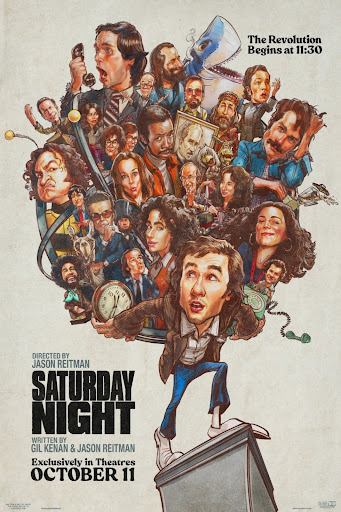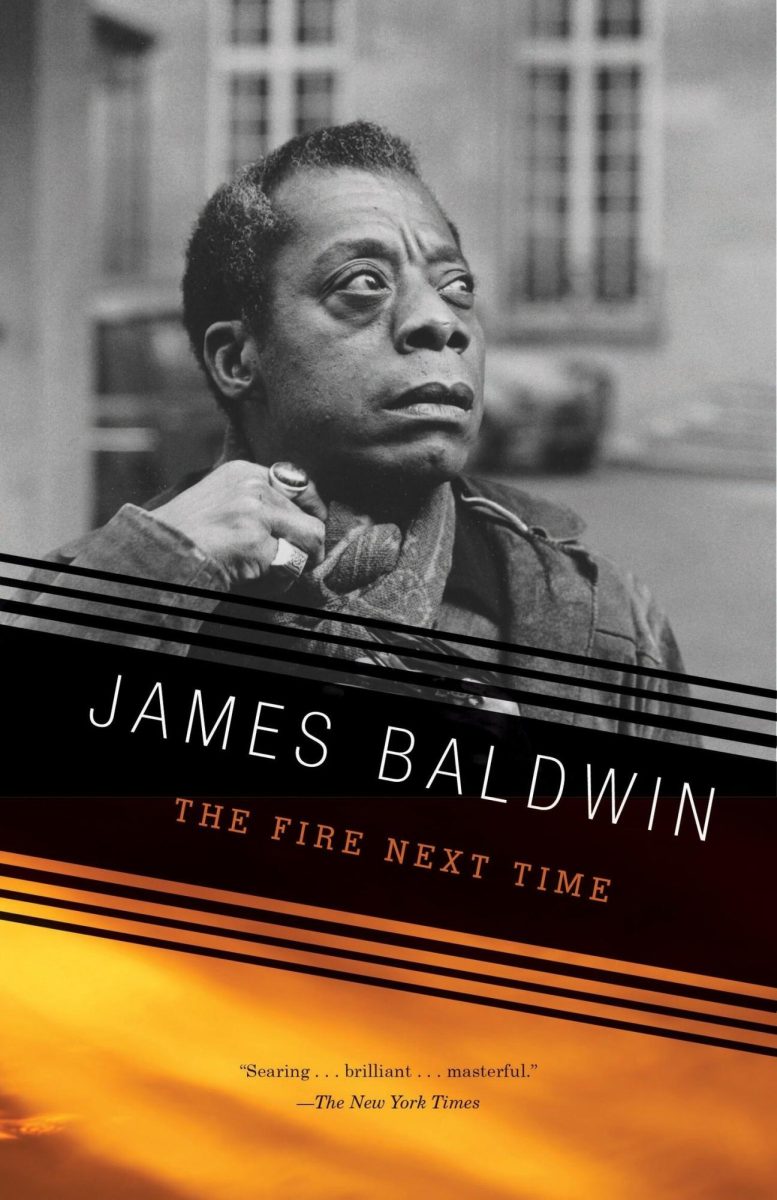
Now that news of Harper Lee’s “To Kill a Mockingbird” sequel, “Go Set a Watchman,” has been out for a while and the initial shock of the event has worn off, maybe it will be easier to learn something from it.
The announcement of Lee’s new novel, more than 50 years after the release of “Mockingbird,” has raised questions about the rights of artists and their relationships to their work and to their publishers. Artists being exploited and corrupted by business is unfortunately not new — thanks, George Lucas — but the debate that Lee has unleashed is about whether artists own their work or whether the public does.
Artists should have the right to do with their works whatever they please as long as they live and breathe, but after their passing, the world should not be deprived of their good work.
Katy Waldman, words correspondent of Slate, argues that in the case of “Watchman,” the novel should not be published. Lee, at 88 years old and nearly blind and hearing-impaired, spent the majority of her public life saying she would never publish another work. Now that she is in an assisted-living facility and under the care of other people, her caretakers say she wants to publish her work, seemingly out of the blue.
Waldman and many others suspect Lee is being taken advantage of, and that the book is being published despite her objections because she is too crowd-shy and too ill to speak up. There is no way to say for sure whether or not these suspicions are true, but to release an unedited manuscript at this point in her life with little word from Lee herself raises some alarm. The situation certainly looks like cashing in on an American icon, which shouldn’t happen when it places a reclusive, elderly woman center-stage.
But what about when her life is over? What happens to an artist’s work then?
“The author is a footnote to her achievement,” writes Lee Siegel of The New Yorker, arguing that with a work as beloved as “Mockingbird,” the art’s importance outweighs that of the author.
Few Americans would probably recognize Lee on the street, but one would be hard-pressed to find an American who didn’t recognize the names Scout and Atticus Finch. With this in mind, it becomes easier to see that, after an author’s passing, it is appropriate to discover unfinished or unpublished art. Let Lee stay backstage for now, but after her death when she is no longer at risk of being dragged to the forefront by money-mad businessmen and lawyers, her work can be released.
After an artist’s passing, their creations are given into the arms of the general public to be enjoyed, criticized and revisited. While it is still their work, the artist has completed their job, and the work is free to sprawl its own design onto the minds of readers. With a little bit of luck, the work might be passed onto a colleague or a family member who genuinely cares for the integrity of the work, as with J.R.R. Tolkien and Christopher Tolkien.
The artist is the first voice but not the last. That honor belongs to the fans whose lives a work has affected or changed. The New York Times’ description of fans “overflowing with unconditional love for a book they have not read” for “Watchman” on the Internet and social media is certainly an example of this. But what does this mean for the creative customs that used to emphasize the artist? Are they being polluted by the advent of a more vocal fan culture?
Perhaps not. The voices of the masses are more recognized now than ever before, and, as long as it doesn’t harm others — especially elderly women — there is no reason fans shouldn’t have access to new works of art.
While Lee’s new book should not be published now, that doesn’t mean that the world should be deprived of it for good. The work of art will outlive its artist, simultaneously immortalizing her and keeping her from the spotlight she never wanted.
_______________
Brendan Tinoco is a sophomore studying philosophy and economics. Follow him on Twitter.








